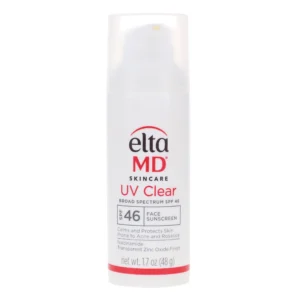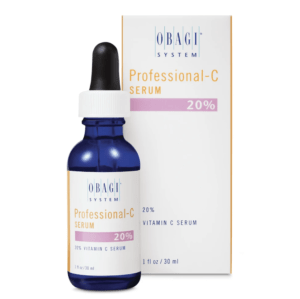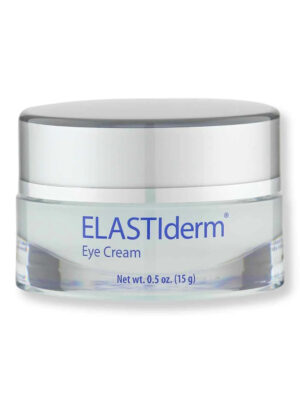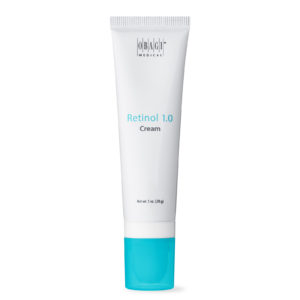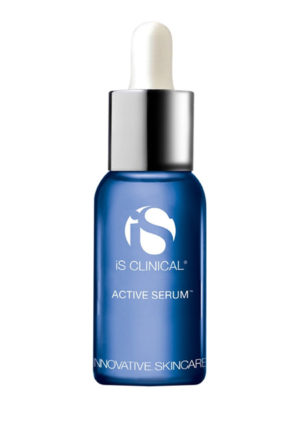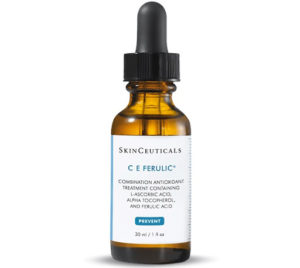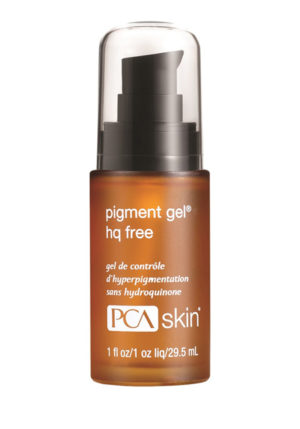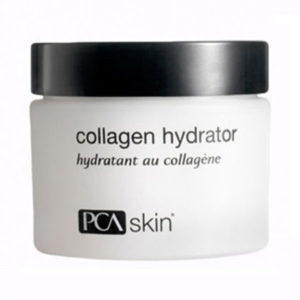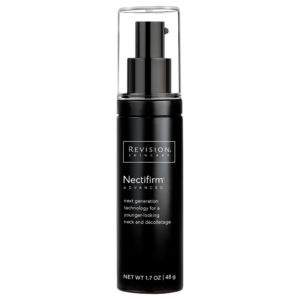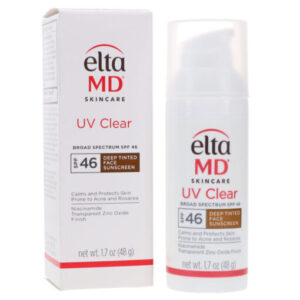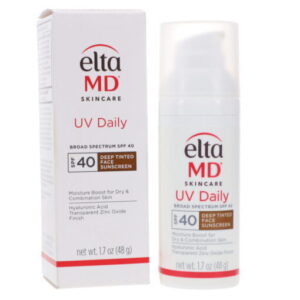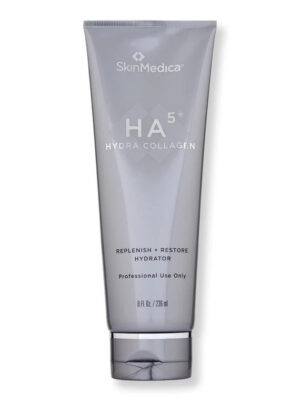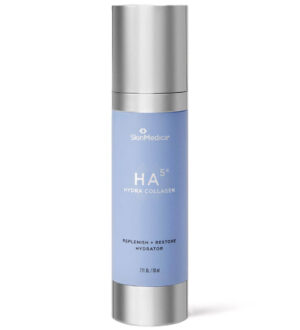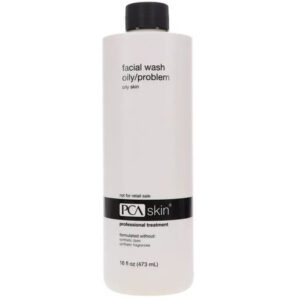 Each year tons of new anti-aging products are launched because companies know you’re on a desperate search for that fountain of youth. These products promise to diminish fine lines and wrinkles, abolish sun damage and lift any and every sagging bit on your face. But can you trust them? In an interview with totalbeauty.com, Paula Begoun, skincare expert and best-selling author of “Don’t Go to the Cosmetics Counter Without Me,” says to be wary. “You can’t read into all the hype you see in print and TV advertisements for beauty products,” she says. Because if all the claims out there were true, it wouldn’t matter which product you bought, be it the serum from the drugstore or the eye cream that cost a mint – they would produce the same anti-aging results.
Each year tons of new anti-aging products are launched because companies know you’re on a desperate search for that fountain of youth. These products promise to diminish fine lines and wrinkles, abolish sun damage and lift any and every sagging bit on your face. But can you trust them? In an interview with totalbeauty.com, Paula Begoun, skincare expert and best-selling author of “Don’t Go to the Cosmetics Counter Without Me,” says to be wary. “You can’t read into all the hype you see in print and TV advertisements for beauty products,” she says. Because if all the claims out there were true, it wouldn’t matter which product you bought, be it the serum from the drugstore or the eye cream that cost a mint – they would produce the same anti-aging results.
So, who can you trust? Begoun says the ingredients are dependable. She says not to focus on the brand name or the glitzy commercials, but to look for products that contain the ingredients actually proven to produce noticeable improvements in all signs of aging. Here, we reveal 6 ingredients on her list of the top anti-aging skin care ingredients along with the SkinMedix products that contain them.
- AHA/BHA
- What it does: Smoothes the skin.
- Best for: “AHAs are best for normal-to-dry or sun-damaged skin because they help bind moisture and improve healthy collagen production and smooth an uneven skin texture. BHA is best for normal-to-oily or breakout-prone skin while also being excellent for reducing redness from rosacea,” says Begoun.
- Products to try:
- SkinMedica 15% AHA/BHA Face Cream
- Murad AHA/BHA Exfoliating Cleanser
- Murad Soothing Skin Lip and Cuticle Care
- RETINOL
- What it does: “Simply put, it helps skin cells create better, healthier skin cells while increasing the amount of skin-support substances [and] has been shown to increase the skin’s collagen production and glycosaminoglycans content, resulting in firmer skin with an improved texture and enhanced barrier function,” says Begoun.
- Products to try:
- SkinMedica Tri Retinol Complex
- PCA Skin Retinol Renewal pHaze 26
- Revision Retinol Eye Repair
- VITAMIN C
- What it does: “It has been shown to increase collagen production (including dermal collagen, which is significant for wrinkle reduction), reduce the appearance of skin discolorations, strengthen skin’s barrier response, enhance skin’s repair process, reduce inflammation and help skin better withstand exposure to sunlight, whether protected by sunscreen or not,” says Begoun.
- Products to try:
- SkinMedica Vitamin C + E Complex
- Revision Vitamin C 30% Lotion
- Sothys Noctuelle with AHA and Vitamin C
- NIACINAMIDE
- What it does: This component of vitamin B3 “has been shown to increase ceramide and free fatty acid levels in skin, prevent skin from losing water content and stimulate microcirculation in the dermis. It also has a growing reputation for being able to lighten skin discolorations and reduce acne,” says Begoun.
- Products to try:
- GREEN TEA
- What it does: The antioxidant components “work to reduce inflammation, build collagen and reduce cell damage by impeding the harmful effects of sun exposure. EGCG, when found in cosmetics, is a more potent, stable way to get the antioxidant benefit on skin,” says Begoun.
- Products to try:
- Topix Replenix Green Tea Serum
- Topix Replenix CF Purifying Antioxidant Foaming Cleanser
- GRAPE SEED
- What it does: This antioxidant “significantly reduces free-radical damage [and] combining it with other antioxidants greatly enhances its efficacy. It also has wound-healing properties. For fighting wrinkles, it is one of the top superstars,” says Begoun.
- Products to try:
- PCA Skin Purifying Mask
- PCA Skin Acne Cream
- NeoStrata Antioxidant Defense Serum
When shopping for anti-aging skin care, these are the superstar items you want to see on a label. Why? Because they actually make a difference.
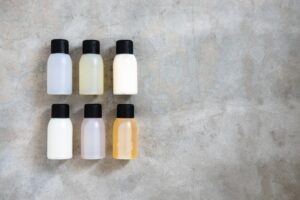


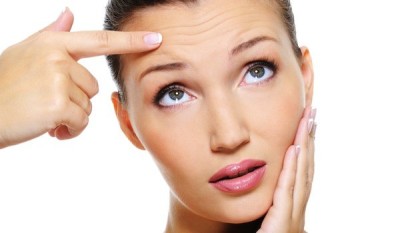
 Skin Care regimens can quickly get complicated and confusing when using multiple products. Be sure you are not making one of the 5 common mistakes below!
Skin Care regimens can quickly get complicated and confusing when using multiple products. Be sure you are not making one of the 5 common mistakes below!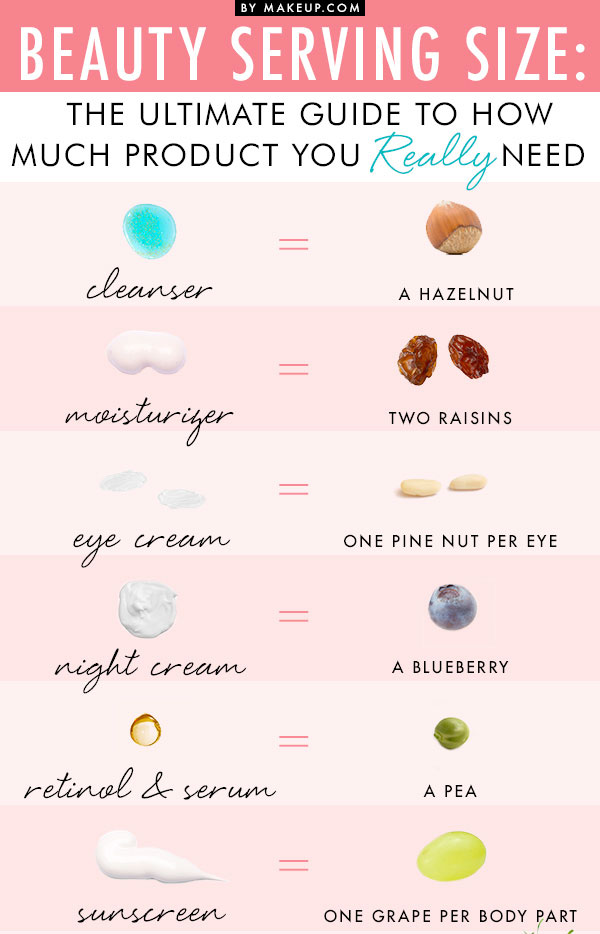




 Is your skin normal, dry, oily — or a combination of all of the above? The answer isn’t always as simple as looking in a mirror. Many of us experience changes in our skin based on the climate we’re in, our hormone levels, and how old we are. And since the current state of your skin will influence the products you choose to cleanse, moisturize, and protect your skin, it’s important to get your skin type right.
Is your skin normal, dry, oily — or a combination of all of the above? The answer isn’t always as simple as looking in a mirror. Many of us experience changes in our skin based on the climate we’re in, our hormone levels, and how old we are. And since the current state of your skin will influence the products you choose to cleanse, moisturize, and protect your skin, it’s important to get your skin type right. Keratosis pilaris is a common skin condition that usually affects the thighs, upper arms, and buttocks. Since keratosis pilaris also can affect the face, it’s sometimes mistaken for acne.
Keratosis pilaris is a common skin condition that usually affects the thighs, upper arms, and buttocks. Since keratosis pilaris also can affect the face, it’s sometimes mistaken for acne.

